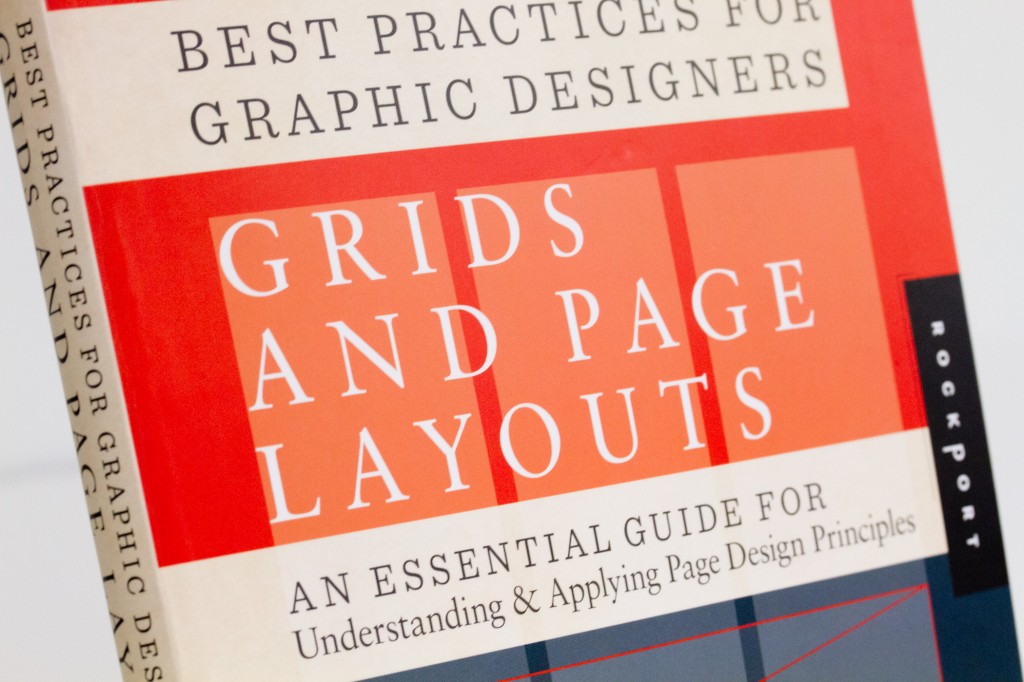

The concepts of Modularity, Grid and Pattern are all easily introduced in the study of grids and layouts. Once a few squares of a grid are conjoined, that can be considered a module. As modules are developed a pattern can be established. The pattern can be rigid, or it can be loose. for example, modules might be located in exactly the same place on each page or they may float about. Modules can have different shapes and be the same color, or they can be the same shape and different colors.
But these concepts are not limited to layout design. They can be applied to decorative backgrounds or shape fills. Shapes, from simple to complex, can be repeated in and of themselves to create grids and patterns and modules.
In this session we will introduce Adobe InEesign, as it is the best program for more complex layouts.
Text we will use: Best Practices for Graphic Designers, Grids and Page Layouts: An Essential Guide for Understanding and Applying Page Design Principles
The content Determines the container; a basic truth in book design.
Massimo Vignelli, Vignelli Associates
See Vingnelli's New York City Subway Map
It is best to have completed content before you start a project. If not complete, then at least have a few images, and an outline of your main topics. Find examples of completed designs that are similar to what you are envisioning and let it inspire you, but don't just copy. If you are using a template, try to alter it in a way that it will not be obvious that you are using a template.

Grids are usually invisible (underlying)
You must work with folds in the grid structure (trifolds are not even.)
Printers offer downloadable templates to make your print project come out correctly